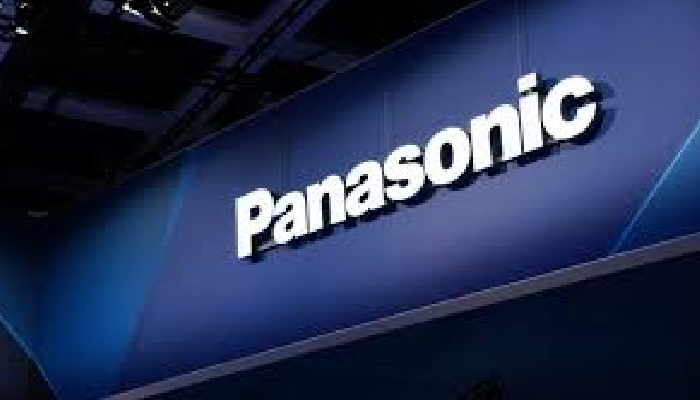Panasonic Holdings has officially announced the discontinuation of its refrigerator and washing machine businesses in India, citing prolonged losses and minimal market share. The move, confirmed on June 26, 2025, comes as part of a broader corporate restructuring aimed at strengthening profitability and streamlining operations.
Market challenges & scale-back
Despite being a household name, Panasonic struggled to gain traction in the white-goods sector in India. According to NielsenIQ and GfK data, the company held just around 1.8 % of the washing-machine market and approximately 0.8 % for refrigerators—a performance deemed unsustainable over a six-year period of persistent losses.
Factory closure & workforce impact
Production will cease at Panasonic’s Jhajjar facility in Haryana, which had also been contracting for other brands. High double-digit layoffs are expected, although some employees may be relocated within Panasonic’s other divisions. A spokesperson described the redundancies as “a difficult but necessary step,” affirming that Panasonic will support affected employees through transition measures.
Strategic focus shift
Moving forward, Panasonic India will concentrate on core segments: televisions, air-conditioners (both residential and commercial), HVAC systems, B2B solutions, home automation, electricals, and energy technologies. This realignment aligns with CEO Yuki Kusumi’s global directive to exit unprofitable lines and prioritize future-ready technologies, including in EV batteries and smart-energy systems.
Market ripple effects
Panasonic’s withdrawal has already triggered a market response—shares of competitor brands, notably Voltas and Whirlpool, jumped nearly 5 % on June 26, as investors viewed the exit as reduced competition in a crowded sector.
Customer and supplier implications
Panasonic has assured existing customers of continued after-sales service, covering warranties and spare parts. Dealer partners will be supported through inventory clearance. Suppliers tied to the Jhajjar plant may, however, face disruptions and will need to adapt accordingly.
In summary, Panasonic’s move marks a strategic withdrawal from loss-making operations to concentrate on higher-growth, more profitable verticals. While employees and certain supply chains will face adjustment challenges, the pivot reflects a wider trend in global consumer electronics toward specialization and efficiency.

